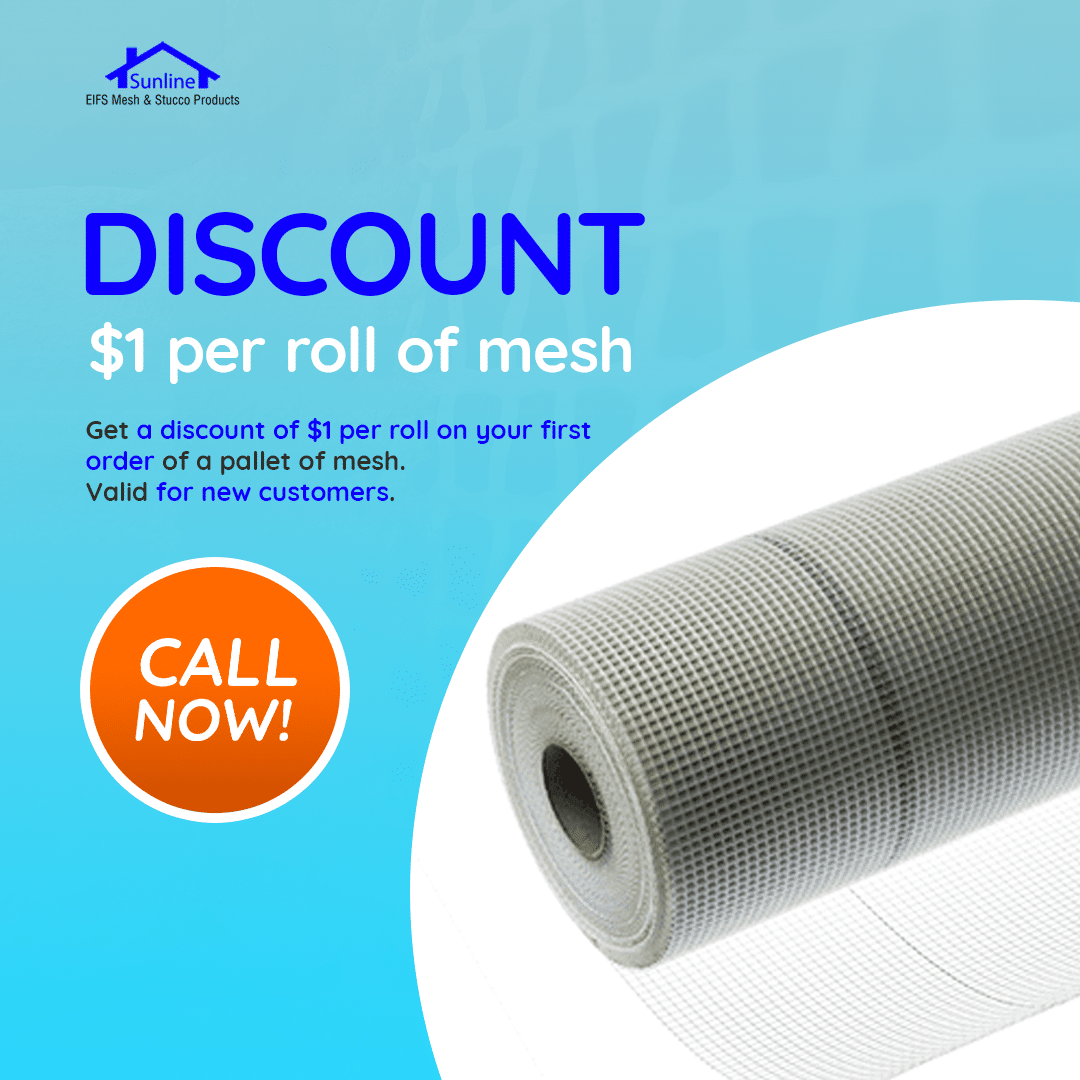In the realm of modern construction and architecture, Exterior Insulation and Finish Systems (EIFS) have emerged as a popular and innovative solution for enhancing the energy efficiency, aesthetics, and durability of buildings. EIFS, a type of cladding system, provides a seamless and insulated exterior surface, offering a range of benefits for both residential and commercial structures. In this blog post, we will delve into the key aspects of EIFS, exploring its components, advantages, applications, and considerations for implementation.
UNDERSTANDING EIFS:
EIFS is a multi-layered system designed to provide thermal insulation and weather resistance to exterior walls. The typical components of an EIFS include insulation boards, adhesive, base coat, reinforcement mesh, and finish coat. Together, these layers create a continuous and protective barrier that not only insulates the building but also enhances its visual appeal.
Insulation Boards:
The foundation of EIFS lies in the insulation boards, which are made from materials such as expanded polystyrene (EPS) or extruded polystyrene (XPS). These boards serve as the primary thermal barrier, reducing heat transfer and contributing to energy efficiency.
Adhesive and Base Coat:
The insulation boards are affixed to the exterior walls using a strong adhesive. A base coat is then applied over the insulation to provide additional strength and flexibility. This layer helps to resist cracks and other potential damage, ensuring the longevity of the system.
Reinforcement Mesh:
Embedded within the base coat is a fiberglass or synthetic mesh that reinforces the system, adding structural stability. This mesh is crucial in preventing cracks and enhancing the overall resilience of the EIFS.
Finish Coat:
The final layer, the finish coat, not only serves as the aesthetic face of the system but also protects the underlying layers from environmental elements. It comes in a variety of textures and colors, allowing for customization to suit the design preferences of the building owner.
APPLICATIONS OF EIFS:
EIFS is commonly used in a variety of building types, including:
Residential Buildings:
Many homeowners choose EIFS for its insulation properties and aesthetic appeal, enhancing the curb appeal of their homes.
Commercial Structures:
EIFS is widely utilized in commercial buildings, offering a combination of energy efficiency, design flexibility, and durability.
Institutional Facilities:
Schools, hospitals, and other institutional buildings benefit from the thermal performance and customization options provided by EIFS.
Considerations and Maintenance:
While EIFS offers numerous advantages, it is essential to consider a few factors during installation and throughout the life of the system:
Installation by Professionals:
Proper installation is crucial to the performance of EIFS. Hiring experienced professionals ensures that the system is applied correctly, minimizing the risk of issues such as water infiltration.
Regular Inspections:
Periodic inspections are necessary to identify and address any potential issues promptly. Regular maintenance can prevent problems and extend the lifespan of the EIFS.
Moisture Management:
Proper moisture management is essential to prevent water intrusion, which can lead to mold and other structural issues. This includes ensuring proper drainage systems and addressing any leaks promptly.
EIFS stands as a testament to the continuous innovation in the construction industry, offering a blend of energy efficiency, design flexibility, and durability. As building owners and architects seek sustainable and visually appealing solutions, EIFS has rightfully earned its place as a go-to cladding system. By understanding its components, advantages, applications, and necessary considerations, stakeholders can make informed decisions about incorporating EIFS into their building projects, contributing to the creation of more efficient, resilient, and aesthetically pleasing structures.

